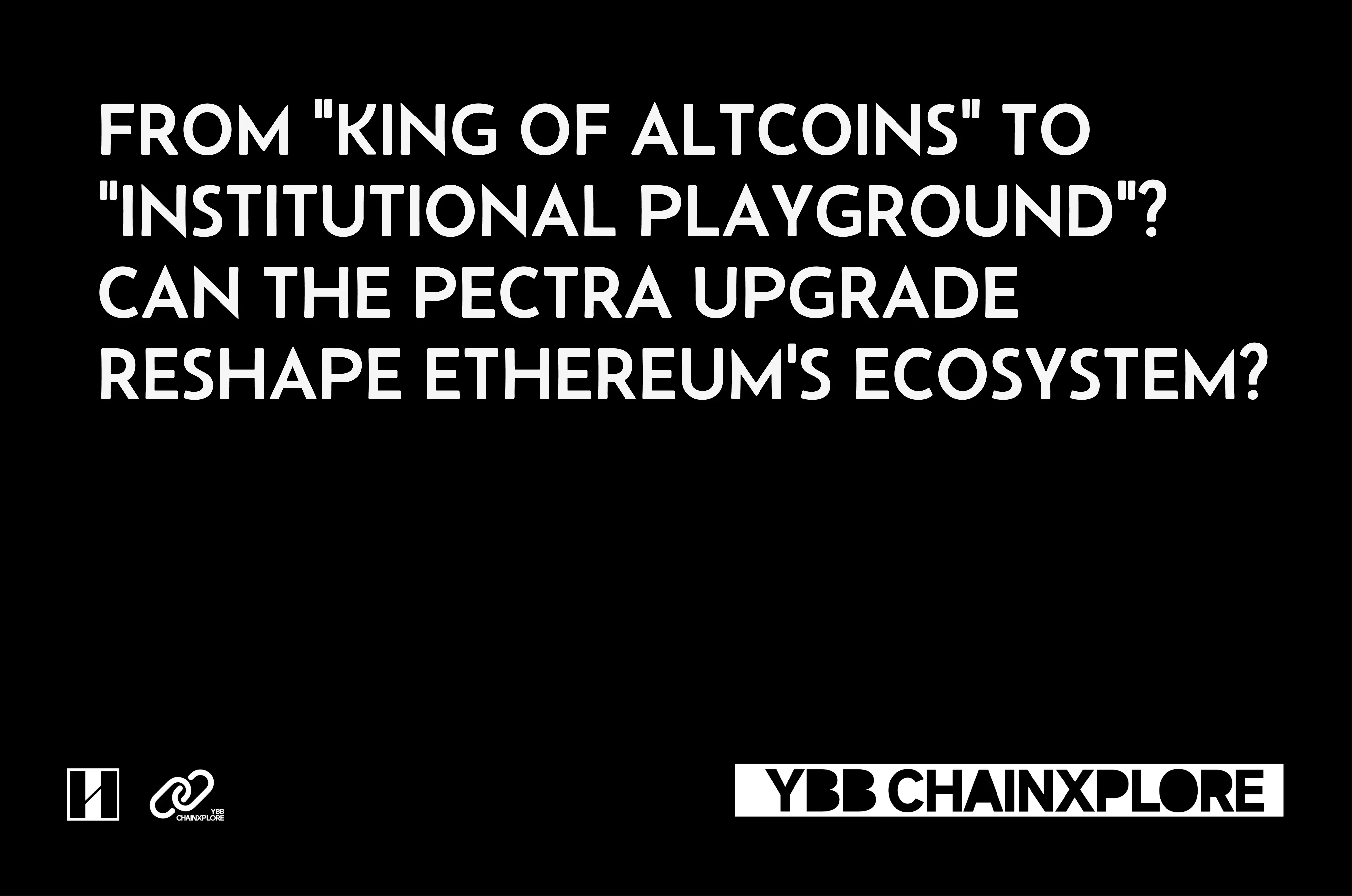Why is the Lido V2 upgrade important for the LSD track?
Source: @0xFinish
Compiled by: ChainCatcher
Last night, the liquid staking protocol Lido announced the voting for the V2 upgrade. According to the timeline: Aragon voting starts on May 12 at 20:00, and the main voting phase ends on May 14 at 20:00, etc. DeFi researcher Finish tweeted that the impact of the Lido V2 update will be significant, and it is exciting news for all LSD users. What information do you need to know? What upcoming opportunities and changes are there? ChainCatcher has translated and organized the content of his tweet, and the original text is as follows:
This topic will cover: a review of Lido, some key metrics of Lido, what updates V2 has made, potential impacts, and how to participate.
Before we dive into Lido V2, let's quickly review what Lido Finance is. Lido is a decentralized liquid staking platform on Ethereum that allows users to stake their $ETH and receive stETH in return, which represents 1:1 staked ETH and can be freely used in DeFi.
Lido is currently the largest liquid staking platform, with a market share of up to 31.6%. This is why the V2 update is so important, as it has a huge impact on the ETH ecosystem.

Lido also has the fastest monthly growth of validators among all platforms. With the V2 update, these numbers will grow even faster.

Now that we are familiar with Lido, let's delve into Lido V2. The upcoming upgrade aims to enhance the staking experience by introducing the Staking Router architecture and protocol-level stETH: ETH withdrawals. The Staking Router Architecture design helps integrate new staking modules into the Lido protocol. This means improvements in handling staking operations and more efficient infrastructure.
Everyone benefits from this, as stakers will distribute their assets across different entities, greatly enhancing decentralization and security. Now, other types of node operator DAOs, independent stakers, and small groups can participate in Lido.
Even developers. Users will also be able to propose and implement modules using different combinations of node operators with various competitive features (such as coverage options and fee structures) and apply to join the module set of the Staking Router.

Protocol-level stETH: ETH withdrawals: This is a game-changing feature brought by the Lido V2 upgrade for our stakeholders, simplifying the withdrawal process and making it more user-friendly and efficient. Withdrawals using Lido will be much faster; for those holding less than 1000 stETH, withdrawals can be completed in less than a day. In contrast, standard Ethereum withdrawals typically take 2-6 days. Below is a table with three possible withdrawal times:

Additionally, with a large amount of funds locked in the protocol, security is paramount. Lido has undergone 7 different audits and testnets, with 27 different validators, so funds must be secure.

According to Lido's official information, V2 has undergone 9 independent audits, and issues found during the audits have all been confirmed or resolved.
The V2 update will bring multiple benefits to users. With improved security and the new staking router infrastructure, LSD will become more secure and decentralized. Furthermore, with fast withdrawals, small wallets (<1000 $ETH) can withdraw almost instantly, while larger wallets will need to wait longer, but it is still more flexible compared to direct staking.
The Lido V2 upgrade will undergo final on-chain voting on May 12. If the vote is successful, the upgrade will go live on May 15, bringing all these exciting new features and improvements to the Lido community.










